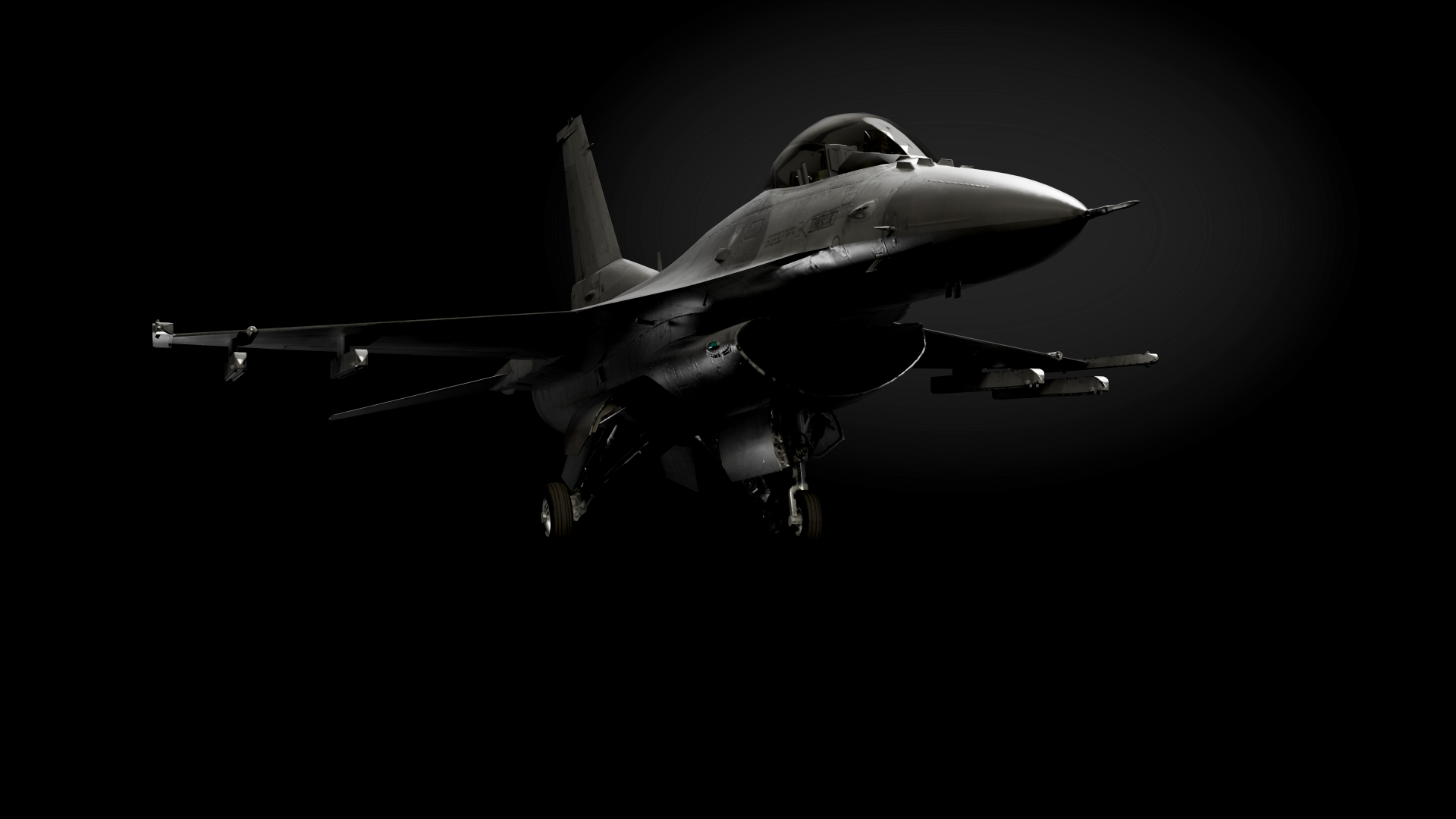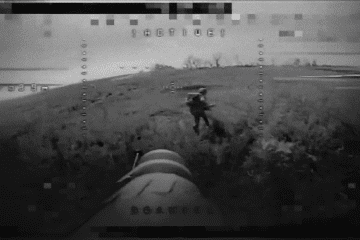- Category
- War in Ukraine
In the Summer of 2024, Ukraine Awaits F-16 Fighter Jets: They Will Hugely Help, But They Alone Won't Win the War

Denmark, Belgium, the Netherlands, and Norway have agreed to transfer up to 85 F-16 aircraft to Ukraine.
Dozens of Ukrainian pilots are undergoing training in the United States and a series of European countries to switch to the F-16 jets that the West has agreed to provide to Ukraine. Currently, it is known that Ukraine expects approximately up to 80 aircraft, but the transfer process will be stretched over time. For example, Belgium will transfer its aircraft at the end of 2024, and Norway has also promised 22 planes, but the delivery timeline is still unknown.
Ukraine expects at least two squadrons (24 units) to be operational by the end of summer 2024, with a maximum of three squadrons (36 units) from Denmark and Netherlands. Ukraine’s Minister of Defense confirmed that planes will arrive in Ukraine “really soon.” It is important to note that the aircraft do not exist in a vacuum; they require a logistical base for maintenance and weapons. The United States and other European allies have promised to help with infrastructure and armaments.
Why Are F-16s Important for Ukraine?
Firstly, Ukraine's own aviation fleet before the full-scale invasion numbered around 120 aircraft. The number of losses over the two years of war has not been disclosed, but it is already in the dozens. Meanwhile, Russian aviation is significantly larger, with ten times more aircraft. In some areas, Ukraine cannot compete at all. For instance, Ukraine does not have strategic bombers.
It is helpful that Ukraine maintained its air defense system at the beginning of the full-scale invasion and received help from allies. As a result, Russia has lost over 350 aircraft and more than 300 helicopters.
Therefore, aid from allies is the only way to replenish Ukraine's aviation fleet. The 85 transferred fighters will help compensate for losses and help to be competitive in the air.
Secondly, before the full-scale invasion, Ukraine's arsenal consisted only of Soviet planes. While they can still function, they can’t really use Western weapons: not all missiles can be used with old MiGs or Su aircraft. The F-16 has a broader range of weapon applications, allowing Ukrainian pilots to use a wider array of missiles to target enemy targets. Moreover, the aircraft themselves are equipped with more modern equipment and can more effectively use weapons provided by the West.
Thirdly, F-16s can complement Ukraine's air defense systems. These planes will be used to shoot down Shaheds and cruise missiles, pushing Russian aviation further from the front lines. F-16s have air-to-air missiles with a range of over 160 km. This is important because Russian aviation launches bombs from its territory at depths of almost 50 km. Long-range air defense measures will help partially mitigate this threat, primarily affecting frontlines like in Kharkiv.
Why F-16s Won't Be a Total Game-Changer in the War
Russia's war against Ukraine has shown how certain types of weapons can change the situation on the battlefield. For example, in the summer of 2022, HIMARS systems helped disrupt enemy logistics through precise strikes, hold back the enemy, and later liberate parts of Kharkiv and Kherson.
The Patriot systems transferred to Ukraine have proven that they can shoot down virtually all types of missiles, including hypersonic, cruise, and ballistic missiles, when in capable hands.
Drones and UAVs have become essential for reconnaissance, covering the shortage of artillery shells, and helping to destroy part of the Russian Black Sea Fleet.
Still, each type of weapon has contributed to holding back the enemy but has not entirely changed the war's course due to the war’s scale, comprehensiveness, and the enemy’s ability to adapt. Russia has learned to shoot down HIMARS missiles, there are not enough Patriot systems to cover the entire country, and the Russian army has shifted to less protected border regions like Kharkiv, Zaporizhzhia, and Sumy. Electronic warfare systems are continuously evolving. This is a war of anticipation.
According to President Volodymyr Zelenskyy, to fully protect its skies, Ukraine needs 120 to 140 F-16 aircraft. Meanwhile, Russia's aircraft numbers go into the hundreds, not counting its ongoing production. According to OSINT-community data, Russia can produce about 15 modern aircraft annually.
Given this, the F-16s are a story about strengthening Ukraine's aviation and additional air defense but are not a total game-changer in the large-scale war. The breadth of the front, the scale of the war, and the involvement of resources are so vast that no single weapon can instantly turn the tide of the front.
At the same time, saturating Ukraine with different Western weapons will help:
Transition faster from Soviet systems to NATO standards.
Unify weapon systems with NATO countries and allies.
Become part of the global defense industry, as Ukraine will produce weapons according to the same parameters as its partners.
Also, transferring F-16s to Ukraine today will help create the necessary infrastructure for them, and Ukrainian pilots will already have experience flying the aircraft. They can pass it on to their successors. This is crucial since pilot training is one of the biggest challenges in aviation.
Considering this, F-16s will take on a significant workload in protecting Ukraine from invasion. Simultaneously, this aid from Denmark, the Netherlands, Norway, and Belgium will be an important first step in modernizing Ukrainian aviation.
-29a1a43aba23f9bb779a1ac8b98d2121.jpeg)

-f88628fa403b11af0b72ec7b062ce954.jpeg)
-b63fc610dd4af1b737643522d6baf184.jpg)



-24deccd511006ba79cfc4d798c6c2ef5.jpeg)